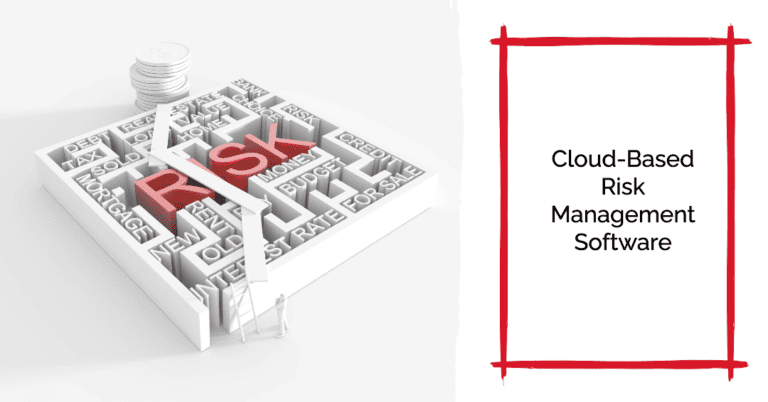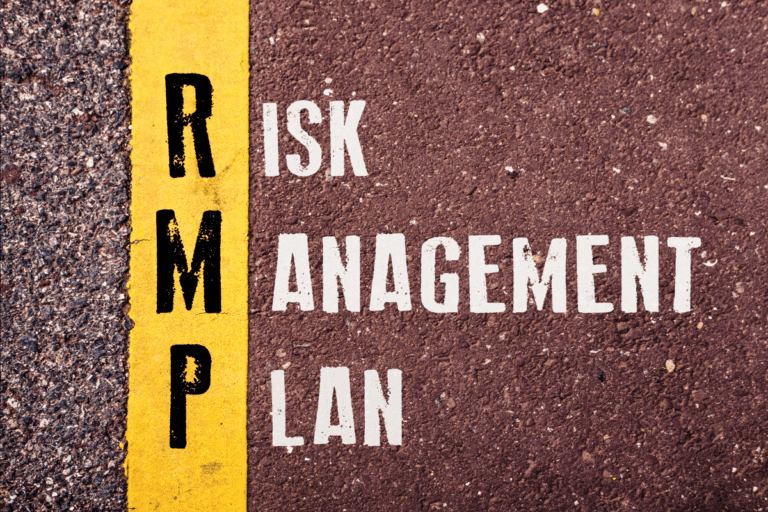An Enterprise Risk Management (ERM) framework is critical to modern businesses. It helps organisations identify, assess, and respond to risks impacting their operations, reputation, and long-term success.
A practical ERM framework provides a structured approach to risk management, making it easier for organisations to monitor, control and mitigate risks, and improve overall performance.
The Importance of an ERM Framework
ERM frameworks are essential for businesses of all sizes and industries. They help organisations:
- Improve decision-making by considering potential risks (both threats and opportunities) and consequences of decisions
- Foster a culture of risk management and promote risk awareness
- Ensure risks are managed in a consistent and effective manner
- Enhance reputation and credibility by demonstrating a commitment to risk management
- Meet legal and regulatory requirements
Components of an Effective ERM Framework
An ERM framework typically includes the following components:
- Risk assessment: Identifying potential risks and their impact on the organisation.
- Risk response: Developing and implementing strategies to control and mitigate risks.
- Risk monitoring and control: Ongoing review and adjustment of risk response strategies.
- Risk reporting: Communicating risk management activities and results to stakeholders.

Implementing an ERM Framework
Implementing an ERM framework can be complex and time-consuming, but the benefits are worth the effort. Here are some steps to help you get started:
- Develop a risk management policy: Establish a clear policy that outlines your organisation’s risk management approach and expectations.
- Assign responsibility: Assign individuals or teams for different aspects of the ERM framework, such as risk assessment, response, monitoring, and reporting.
- Conduct a risk assessment: Identify potential risks and their impact on the organisation and prioritise them based on their likelihood and impact.
- Develop risk response strategies: Identify strategies to control and mitigate risks and allocate resources accordingly.
- Establish risk monitoring and risk control processes: Establish regular procedures to monitor and control risks and adjust as needed.
- Report on risk management activities: Communicate risk management activities and results to stakeholders, including management, the board of directors, and other stakeholders.
Final Thoughts

An ERM framework is essential for businesses of all sizes and industries. It provides a structured approach to risk management, making it easier to identify, assess, and respond to risks and improve overall performance.
Following the steps outlined in this guide, you can implement an ERM framework that helps you manage risk, improve decision-making, and achieve better business outcomes.






